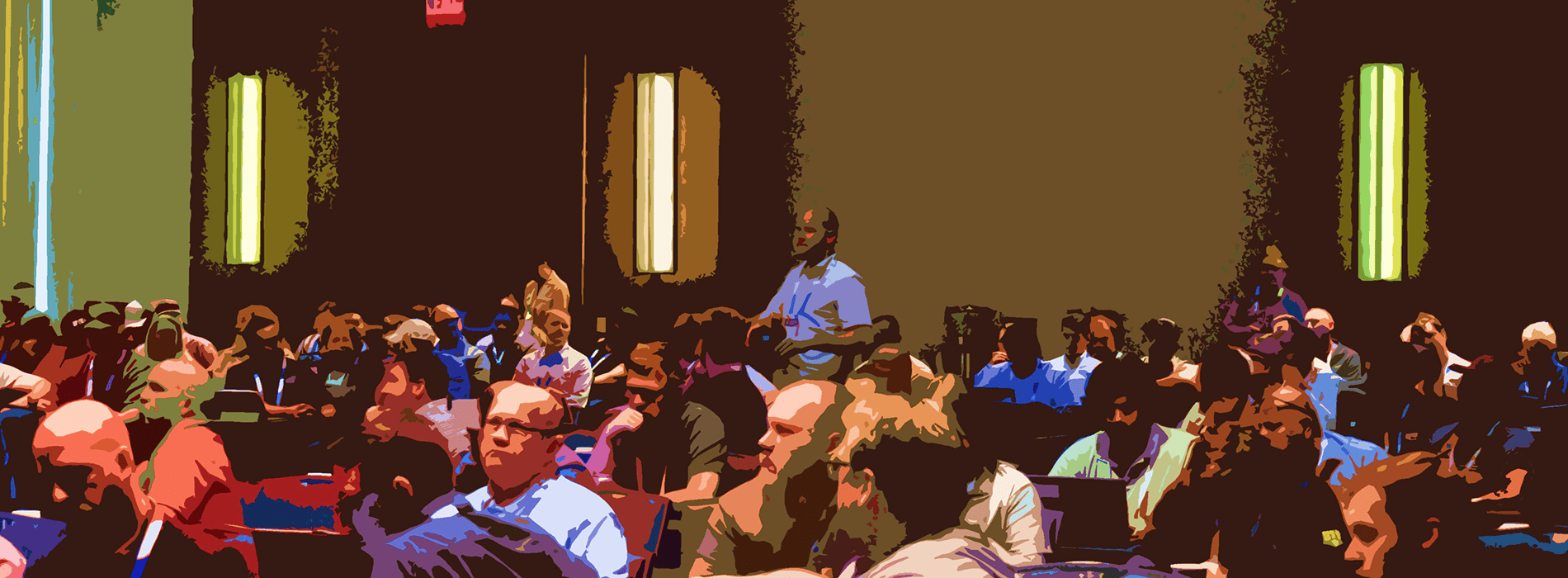La fuerza laboral de P&C: Todavía en desarrollo
En la reciente mesa redonda Pulse of the Industry durante el Seminario sobre protección 2025, quedó claro algo: todavía estamos profundamente inmersos en la construcción de la fuerza laboral que necesitamos. La conversación fue sincera, a veces crítica y siempre reveladora. Lo que surgió fue el panorama de una industria que enfrenta cambios generacionales, tecnologías en evolución y la urgente necesidad de transferir conocimientos antes de que se pierdan.
Contratación y retención de talento
Una de las preocupaciones planteadas fue el desafío de atraer nuevo talento sin alienar a la fuerza laboral experimentada.
«Tenemos que pagar mucho para atraer candidatos, pero al mismo tiempo se les ofrece un salario cercano al que gana el personal con experiencia. Además, capacitas a los trabajadores y ellos llevan sus habilidades a otra parte por un mejor pago, lo cual tampoco es justo para los empleados leales».
Esta tensión entre contratación y retención afecta a las empresas que ofertan altos costos para cubrir puestos. El costo es más que financiero: es cultural. Los empleados con más antigüedad se sienten ignorados, y la alta rotación de talento debilita la cohesión del equipo y la memoria institucional.
Enseñar los conceptos básicos
Varios participantes destacaron la importancia de capacitar a los nuevos técnicos en los conceptos básicos, comenzando por el equipamiento de relés original.
«El hecho de que hayan sacado relés electromecánicos de la subestación no significa que deban ir directamente a la basura. Guárdelos, consérvelos, úselos para el laboratorio de capacitación».
«Siempre enseñaría primero el relé de sobrecorriente… todo lo que hay en un relé con microprocesador de sobrecorriente —tu toma, tu dial de tiempo— todo eso se basa en el relé de sobrecorriente. Cuando lo ves físicamente, realmente cuenta la historia mucho mejor».
Estos comentarios subrayan una verdad contundente: entender el «por qué» detrás del «qué» es fundamental. Una marca de verificación verde en un resultado de prueba no tiene valor si el técnico no entiende lo que ocurrió detrás de ella.
Aprendizajes y transferencia de conocimientos
Una empresa de servicios públicos ha tomado una medida proactiva al lanzar un programa de aprendizaje en relés de cuatro años acreditado por el Departamento de Trabajo:
«Podemos incorporar a esas personas recién salidas de la universidad y prescindir de la experiencia habitual de capacitación en el trabajo que ha tenido que adquirir una persona con 30 años de experiencia».
¿Pero cuál es la verdadera innovación? No asignaron a los técnicos de relés clave a una función diferente (capacitación) que los sacara del campo de trabajo. En lugar de ello, integraron la enseñanza en su función de técnicos de relés:
«No los trasladamos a un rol docente, pero tampoco los sacamos de su función. Lo añaden a su jornada, enseñando dentro de sus 8 horas de trabajo. Siguen siendo técnicos, pero transmiten sus conocimientos. Y hay diferentes técnicos a lo largo del mes, y están dispuestos a transmitir sus conocimientos… ese es el mayor triunfo».
Este modelo respeta el valor de la experiencia mientras crea una fuente sustentable de nuevo talento.
Cambio de la narrativa
Varios mencionaron la necesidad de replantear la forma en que se presenta la industria, especialmente a los estudiantes.
«Me gradué hace apenas un año para obtener mi título en ingeniería eléctrica. No tenía idea de que se podía trabajar en el campo con un título en ingeniería eléctrica, que es justamente lo que siempre quise hacer. Y además, cuando les conté a algunos de mis compañeros lo que iba a hacer, pensaron que era una tontería. «¿Por qué querrías ir a trabajar en el campo… si tienes un título?» No sé cómo resolverlo, aunque quizá simplemente diciéndoles a los estudiantes que se trata de una carrera dinámica y real».
«Me gradué en ingeniería eléctrica hace unos 5 o 6 años. Una de las cosas que noté al pasar por la facultad es que se enfocaba mucho en las tecnologías informáticas, en la programación, del lado de la ingeniería eléctrica. Teníamos una clase que abordaba el tema de la energía, que básicamente trataba sobre motores, transformadores… todo estaba como condensado en una sola clase. Eso fue prácticamente la mayor parte de toda la discusión sobre la industria de potencia eléctrica, como si fuera un campo antiguo y no hubiera nada nuevo ni prometedor. Es como si el mensaje dijera: «Ah, ¿quieres ir a trabajar en una subestación sucia?»
Este problema de percepción nos está costando talento. La industria de potencia eléctrica no es sólo un legado: es fundamental. También está evolucionando rápidamente, especialmente en protección y control (P&C) con relés digitales, automatización y operaciones basadas en datos. Necesitamos contar mejor esa historia.
Olvidados en un rincón
Un participante resumió un sentimiento que muchos en P&C reconocerán:
«Somos un grupito tranquilo… hacemos felices a NERC y FERC, todos están contentos, y todo el mundo simplemente nos ignora».
Los profesionales de P&C son los héroes anónimos de la confiabilidad de la red. Pero ser tranquilos no significa ser invisibles. Necesitamos defender nuestra función, no solo ante la alta dirección, sino ante la próxima generación de ingenieros y técnicos.
Mirando hacia adelante
Los desafíos laborales en P&C no son únicos, pero son urgentes. Como lo expresó un participante:
«A medida que se producen la rotación y la contratación de personal, surge la oportunidad de aprender sobre el área de P&C del negocio. La tecnología está cambiando. La forma en que trabajamos también debe cambiar para contribuir a los esfuerzos de P&C».
Ese cambio ya está en marcha. Desde subestaciones simuladas en universidades hasta tutorías integradas en el campo, se están plantando las semillas de una fuerza laboral más fuerte y resiliente. Pero debemos seguir regándolas: con inversión, con difusión y con un renovado sentido de propósito.
Información adicional:
- Publicado originalmente en el boletín The Relay™. Suscríbase en LinkedIn.






